Free Money? Free Money!
An interview with Brooke Pippi on the EQIP Program and what it can do for your farm
I was lucky this past week to sit down with Brooke Pippi, an agricultural engineer with the Natural Resources Conservation Service to talk about the EQIP Program and how it can help farmers in the U.S. with their conservation projects. This is a long one, but read up! If you’ve got a problem or a project idea, EQIP could provide you with funding to make that happen…and ahem, if that project happens to be vineyard related, AV can help out too…just sayin’
Let’s start off with you telling us about yourself and NRCS.
I started with the Natural Resources Conservation Service (NRCS) in 2008. I cover Sonoma and Marin Counties and we work with every type of agricultural producer for our financial assistance programs. We are also available to offer technical assistance to anyone that lives within our specifically covered areas. We offer things like residential advice after a disaster with things related to soil erosion, water, and water quality.
We get to work with growers, dairies, beef cattle, livestock operations, chicken farmers, small specialty organic crop growers, and private forest landowners. So, we cover a huge depth and breadth of agricultural activity that has really expanded over the last several decades. Our EQIP program is the main financial assistance mechanism that the USDA offers directly to agricultural producers.
What is EQIP and how does it work?
So, EQIP stands for the Environmental Quality Incentives Program, and it’s a financial assistance program to put conservation practices on the ground.
EQIP is designed to address on-farm resource concerns that producers have. We’re available for any agricultural producer, to come into the door and say for instance, “hey, I want some advice on planning a cover crop that helps to improve the nitrogen balance in my soil or puts more plant available nitrogen into my soil.” Then we start a conversation where we look at your farm and say, OK, where do we need to look at this? How many pieces of infrastructure do we need to really look at? Where do we want to start? The idea is to develop a conservation plan that addresses any or all of the on-farm resource concerns that are identified.
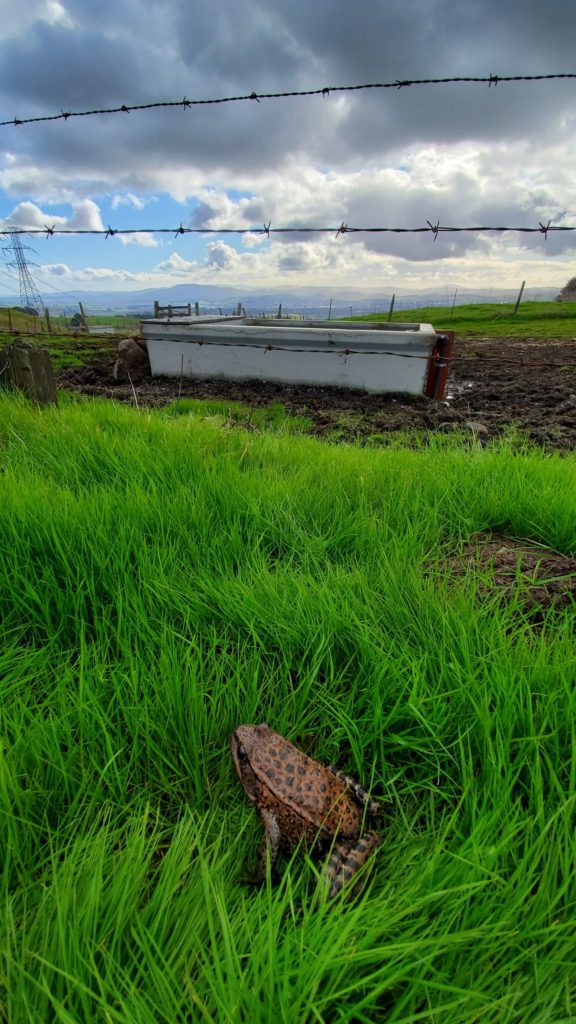
Then comes the really fun part. This is where we start crafting a plan with that person, which is a formal application that they fill out and that starts them participating in our programs. Once we confirm that the person or legal entity we’re working with has the proper authority to be working on the land, that allows us to come in with federal financial assistance dollars.
The idea with EQIP is that you’re really trying something new that you’re not currently doing and it’s project-based. It’s like, I put a probe in the ground or I put a pipe in the ground or I’m improving my irrigation efficiency by upgrading my sprinkler emitters or whatever.
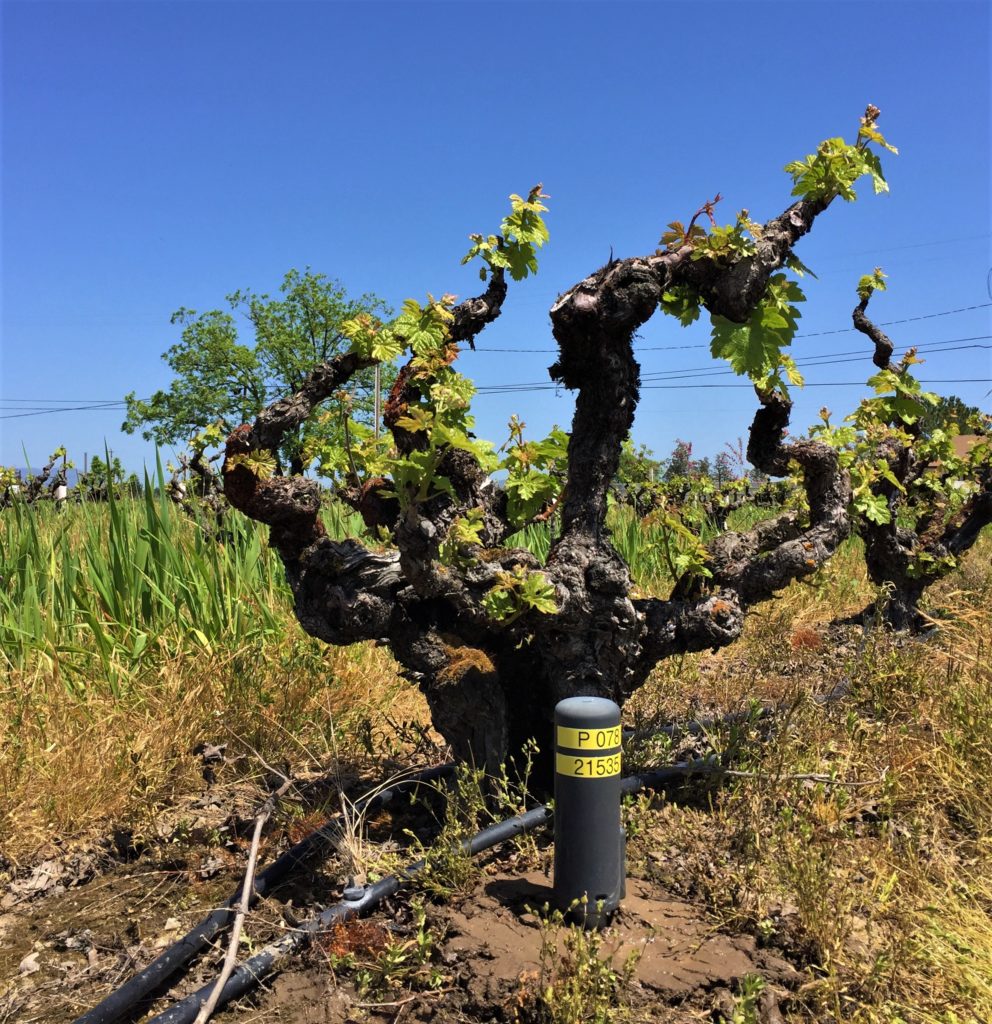
We work a lot with the vineyard growers on soil health practices such as cover crops and mulching. We also do things like soil moisture probes, flow meters, weather stations, and evapotranspiration stations because those give you the tools to understand what your water needs really are and what you’re actually applying to the land. We also do irrigation system efficiency upgrades and other irrigation water management and conservation improvements (i.e. energy).
How do you apply?
So, there’s an application process and for that application, we develop a conservation plan. That conservation plan then gets put into our system for funding selection when our funding opportunities come about. They’re usually about three (funding opportunities) a year now, usually one in the winter, one in early, early spring, and then one late spring or early summer. So there are opportunities every year for people to have an opportunity to get some of this funding that’s available. That way they’re not competing with each other for just one opportunity to acquire funding.
So then if you get selected for funding, we put the plan into an actual formal contract between NRCS and the legal participant. And that’s where the real work gets going. There are two NRCS staff that are assigned to every contract. One is a conservation planner and then one is usually an engineer if there are engineering practices involved. Every awarded contract does have to go through our internal approval processes for investigating the proposed projects’ impacts to cultural resources and biology, to then develop the engineering design, in order to get the approval to actually begin to do the project work that’s outlined in the contract between the NRCS and individual or entity.
So that’s really how EQIP works. It’s about a 6 to 12 month process from the time that we first engage to actually coming in and signing a formal contract with us. But the formal contract will include things like, let’s say we want to do a year of cover crop on certain areas, a year of mulching in certain areas of the vineyard or say we wanted to have two different soil monitoring stations to look at different blocks. That would be kind of the proposal that would go in for funding.

Do you get the money up front, or after the project is complete?
Yes, the idea is that you do the project, install it, according to our standards and specifications, which you will get once your contract has been approved and cleared our internal process for project approval and installation. The NRCS staff assigned to you then come take pictures and then submit it for completion certification and payment. There are some specialty cases, particularly for who we consider “Beginning Farmers”. Those are farmers who have been farming for less than 10 consecutive years. And they potentially can get an advance payment and it’s not without restrictions (i.e. a formal timeline for the project to be to be completed).
So who exactly qualifies? Is this funding available for any vineyard land or any agricultural landowner? What are the limitations?
I have not had a vineyard management company successfully obtain EQIP funding, although there have been efforts. What’s really tricky is getting control of land from the owners. I do often work with farmers leasing land. We do that a lot with the beef cattle ranchers. We also work with people on private forest land. We don’t set up people to do agriculture operations. There has to be some type of production already there. There are programs through the USDA that help producers put new areas into production. It’s just not us.
Is there any kind of a size requirement, like minimum number of acres? If I had a half-acre of vines or something, could I qualify? (Brooke is furiously nodding her head)
You do. I do believe you have to be selling your grapes. It’s not just like, “I’m making my home wine”, although I’m not totally sure about that as of the new Farm Bill. What’s really interesting and has become a big issue is beekeeping, because a lot of people have small beekeeping operations. What I do understand is that you have to be producing an agricultural commodity.

I'm trying to think with what kind of land conservation issues you would have with beekeeping. It’s not like it causes a lot of erosion, right?
So, we do plantings for pollinators. We do hedgerows. I have some dairy producers that are wanting to incorporate some flowering grass species so that they have a pollinator food source. We do consider fish, wildlife, and insects as a resource concern. We’ve done quite a bit of pollinator stuff in vineyards because of the desire to attract beneficial insects for pest management and the desire to keep them there by having food sources available for them all year round.
We also offer integrated pest management practice, but I have had zero success at actually implementing that on farms in the more recent years. It is something that we offer though. If somebody was interested in doing it with us, we could explore what that looks like more closely. But it’s often that we have to wait for somebody to say, “hey, I want to do this” for us to be able to say, “OK, now what does this really entail?”
So you've given us a lot of examples and projects, but are there any other ones that come to mind?
I would love to do some riparian work for people with stream banks. Although that’s a touchy subject. What I would really love to do is work with farms that have these wild border areas and ask, “how do we enhance them? How do we really get you something that you’re super proud to show off and to talk about to your neighbors, your kids, whoever.”


I would love to have more participation from vineyards in general. I would love to see more pollinator hedgerow projects and more no-till in the vine rows as well as more permanent cover crop and cover crop rotation. We offer bird boxes too.
I know people have a varying degrees of experience and varying comfort levels when it comes to trying things that are outside of their norm of operations. That’s really what EQIP is for. It’s an incentive. It says, hey, if you’ve got these ideas, let’s try let’s take a small area and work on it and try some things and see what happens. We can see what comes out of it and see whether you’re happy with that or not.
What percentage of a project does EQIP fund?
We shoot for about 50 percent…asterisk. We have regional payment schedules that are based on state-wide averages and California gets lumped in with several neighboring states are all states that are much less expensive to do work in than California. It’s closer to 30 percent once you get down to the nitty gritty. I understand that our payments are very healthy for people that can do the work themselves. Then those dollars can go farther. But if you’re hiring people to do this activity for you and operate machinery for you, then it is around 30 to 35 percent.
So what’s the time frame for getting paid back. Is it all in one lump sum usually or are payments spread out?
Yeah. Once the project is completed and we can say, “hey, there it is, here’s the pictures”, then we offer the payment. And if people do a huge package all at once, then we can process a huge payment all at once.
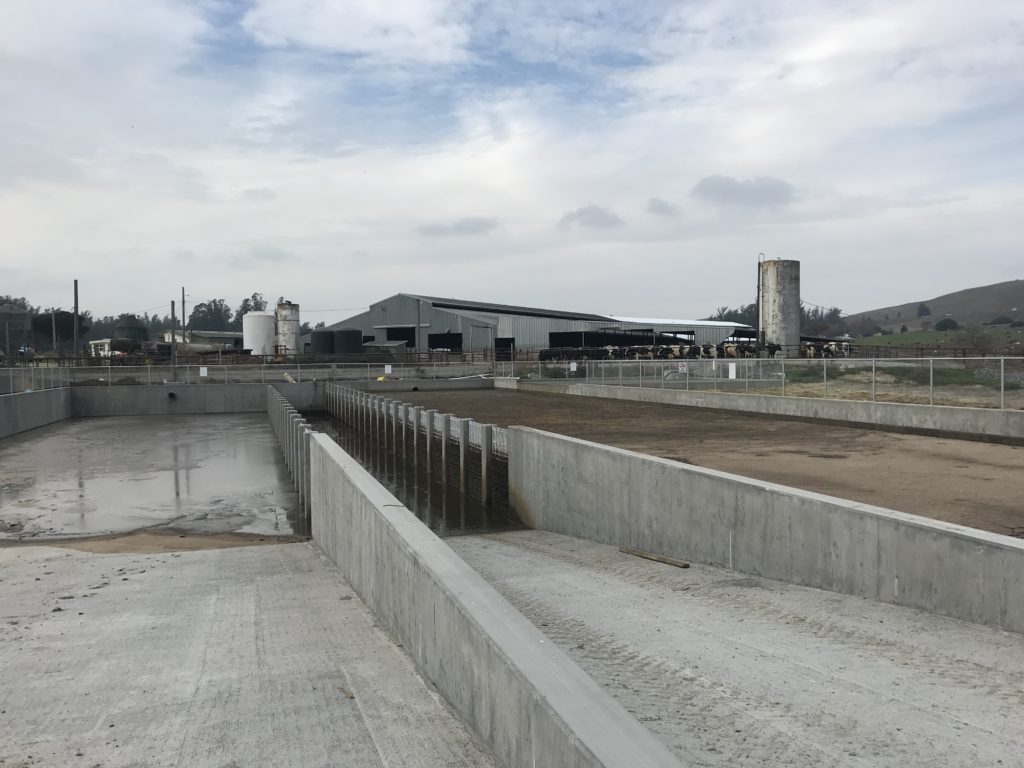
Who are historically underserved (HU) participants?
My favorite term! It’s our unique term for identifying specific social and ethnic groups that we consider to be historically underserved. It’s really our intent to try and prioritize and invest more dollars in those individuals. This includes Beginning Farmers (farming less than a specified time amount), Limited Resource (income level) farmers, Socially Disadvantaged farmers who are defined as: Latino farmers, American Indian farmers. African-American farmers, Asian American farmers, Native Hawaiian, Pacific Islander or Alaskan Native farmers that we define to be historically underserved. Women are not in this category and veterans are also not in the category, unless they meet one of the other criteria (i.e. a beginning farmer).
What about LGBTQ farmers?
Not yet, no. I do frequently receive comments and ideas from our clients, partners, farmers and community that while (this designation) does support people that need it, it is not inclusive of everybody that it should support at this point.
So do historically underserved applicants get bumped to the top of the list, or do they get a larger percentage paid for?
They get a larger percentage paid for.
However, there are a lot of social barriers, particularly with the Latino community. Language is a part of that, but also fear of working with the government prevents people from engaging. NRCS operates very differently than (other government agencies). It’s hard for people to understand that, again, we’re not regulatory. We’re here to assist with resource concerns.
So why do you think more people don’t apply? Is it just not knowing about it?
I think not knowing about it. I think the paperwork is not fun.
But you help with that though, right?
Yes, we do! We have made efforts to make sure that we have dedicated staff for that purpose, because it’s so important that we get the paperwork right. This allows the participants to then also take advantage of things that are offered through the Farm Service Agency, which can be disaster relief, crop loss, all kinds of things.
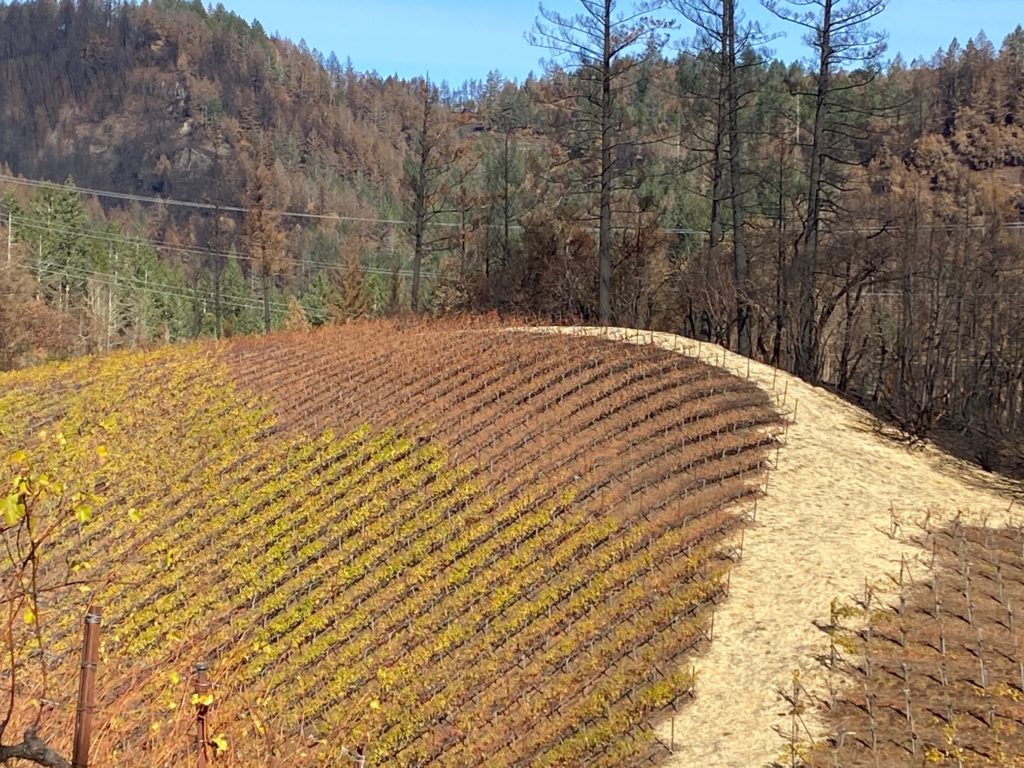
I think there are myriad reasons people don’t apply. I also think people just forget that we’re here. It can also be frustrating to ask people to wait a year before they can do anything. But, you’ve got to do it our way, which isn’t so bad since we’re helping you pay for that. Sometimes people don’t like that.
So what is a CSP contract?
CSP stands for the Conservation Stewardship Program. EQIP is like, you do a project, I take pictures of the project, you get paid for the project.
CSP is different in that a lot of our producers already have good conservation practices as part of their normal operations.
So let me give you an example. Organic dairy operations have pastures that rotate the cattle and let’s say one organic producer already has a grazing plan. In one field, one hundred animals go in for three days. Fifty animals go in another for 17 days, whatever it is. But it’s a rotational plan that shows how many animals are in what field for how long.
Let’s say in field seven. We have a really bad weed problem with thistle. We want to look at how that farmer could time his grazing management to really hit that field when those stickers are first emerging. When is he going to have the most impact on hitting those stickers with grazing pressure to reduce their bloom later on in the year? So that would be considered an enhancement that’s based on what they’re already doing, which we call prescribed grazing.
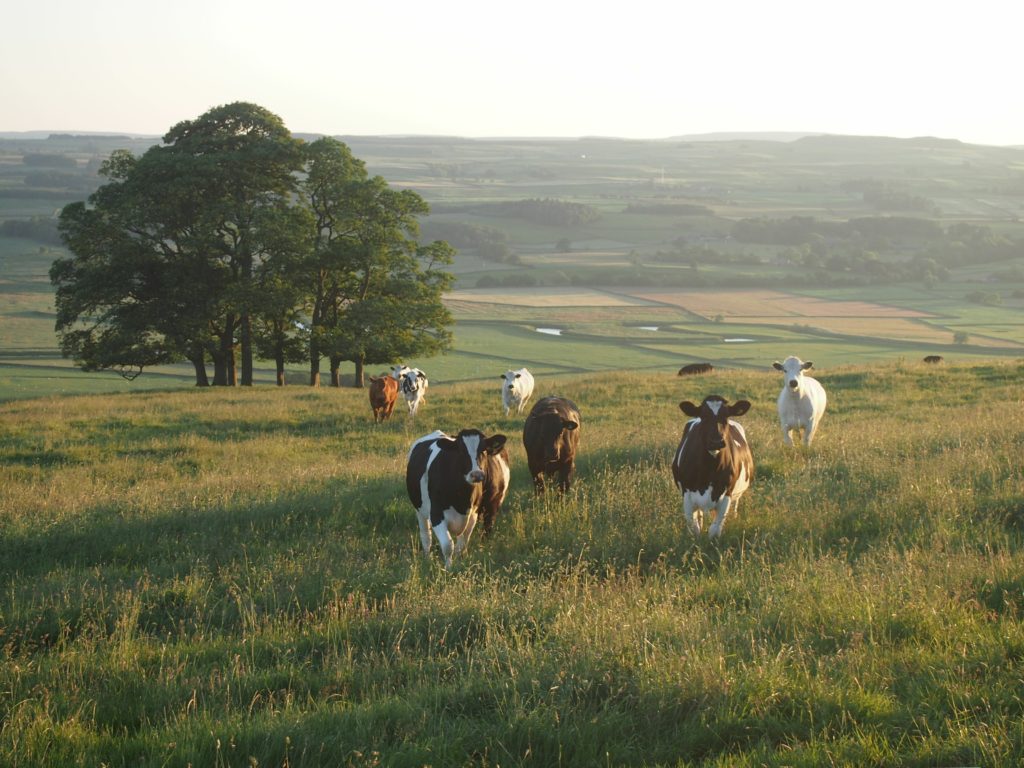
It’s a little abstract, but the idea is that there’s a baseline amount of conservation work that people are already doing. We want to look at the opportunities we have to improve it. The idea is that we’re working towards things that are going to reduce weeds in this area by a certain percentage. We will then take photographs of these fields every year and see if we’re being successful. The stewardship program gives you an annual payment every year for five years based on your acreage that’s enrolled in it.
After that five years, we take a look at where we started and where we ended up and ask, “do we want to do more?” Then you can renew for another five years and do more things in different places. The idea is that it’s a continual annual payment that you can somewhat rely upon based what you already do but enhancing it.
I haven’t done one for the vineyards yet, although I’ve had some interest in it. The good news is that the minimum payment for CSP is fifteen hundred dollars a year. So even if you only have seven acres and our calculator only says, well you only get two dollars, it doesn’t matter. If you apply to us, you’ll get fifteen hundred dollars minimum.
I think a lot of vineyard growers would really benefit from this program. So many are already doing a lot of things for conservation.
Yep. And we could take it to the next level.
So I’m curious, in California right now, cannabis and hemp are booming. Are you guys allowed to help out legal cannabis producers as well?
Not yet, no. But hemp, we can do hemp.
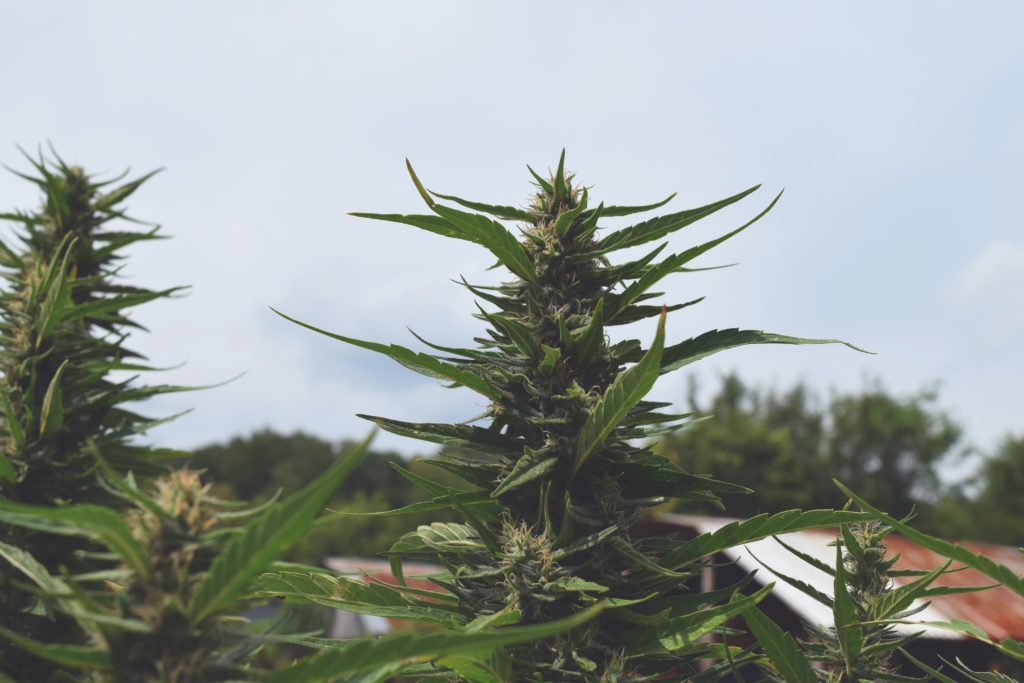
Anything else you want to say? Closing arguments?
I want to thank you and Mark and your staff. I’ve learned so much about the technologies that are available to growers from Mark. What’s really useful to me about your blog is I can have a finger on the pulse of what our growers are talking about. What’s the information that’s going around? And again, what technologies are there that we should be looking at?
(I’m blushing…)
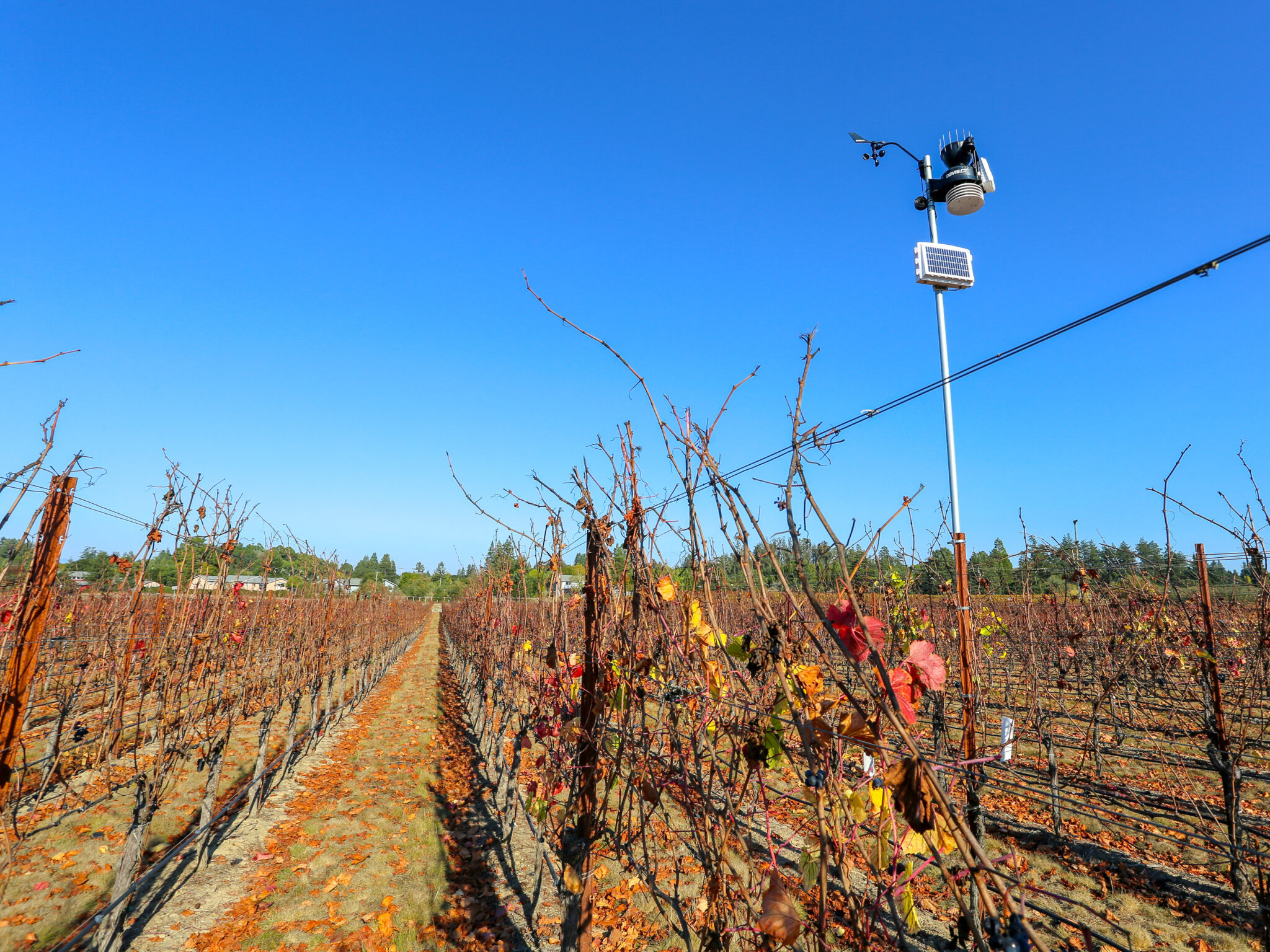
I really appreciate this opportunity because we don’t have the ability to do a lot of outreach otherwise. And furthermore, when it comes from a trusted resource like you guys at AV, it’s a different delivery approach. Me coming in as the government doesn’t have nearly the same umph as coming from you guys.
I think this would be really useful for our readers. I mean, it’s so cool. Free money.
Yes. Free money. It does not get better than that. Yes, you have to put up with the government a little bit. However, I try to make it as painless as possible. And I think that’s why we’ve had a good amount of success the last several years. People trust us and once you start working with us, you’re like, oh, my gosh, this has opened up a whole new world.
Well, thank you so much for taking the time to enlighten myself and our readers.
You’re so welcome. Thank you so much.
Have a project idea or resource-related problem you want solved? Contact Brooke Pippi at [email protected]
And keep us at AV in mind if you want a soil probes, telemetry system, weather station, or automated irrigation system. These are perfect for EQIP projects!


